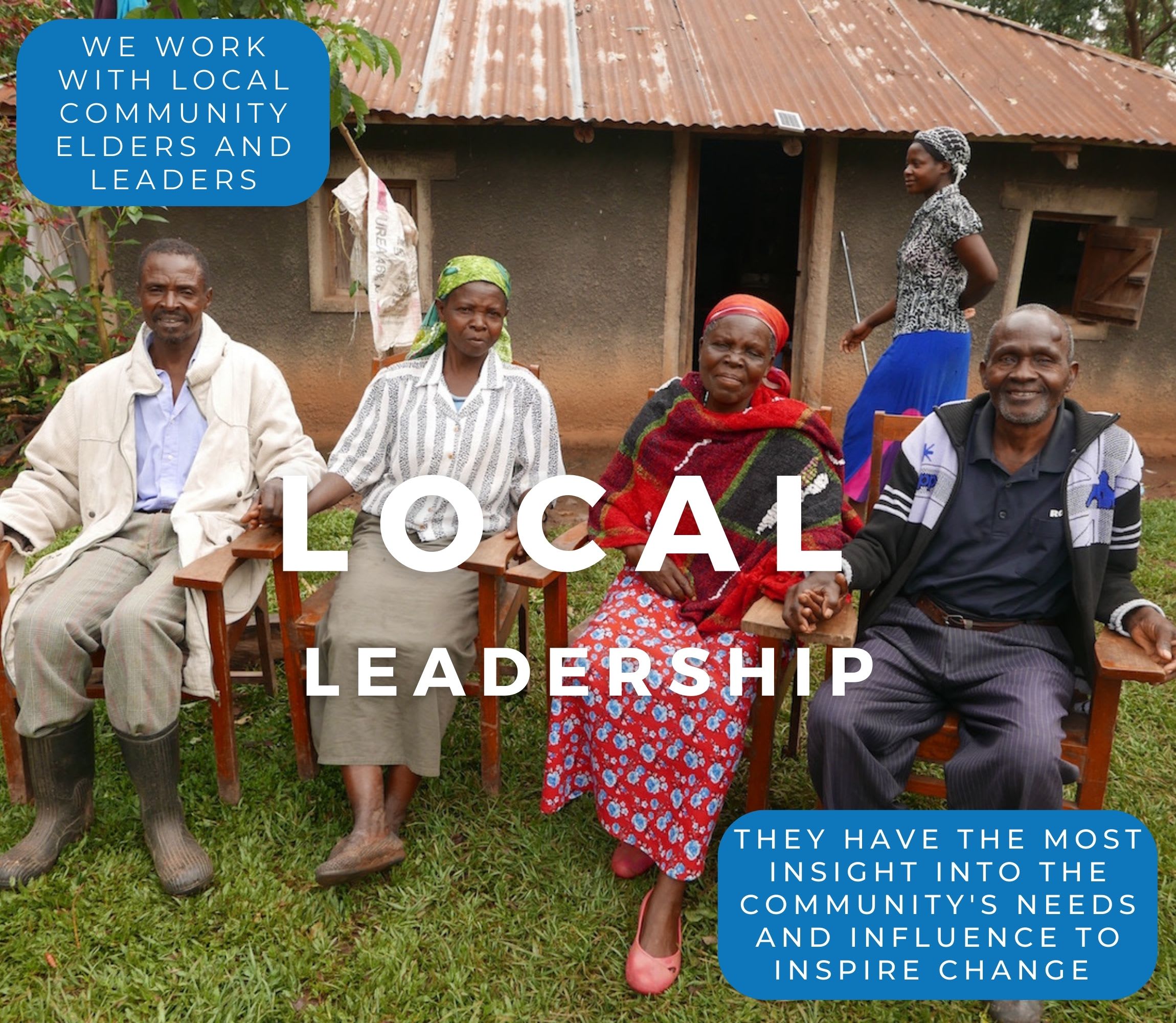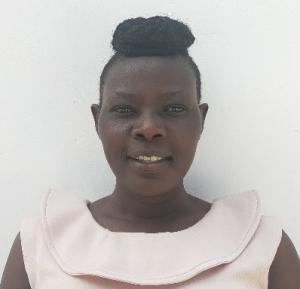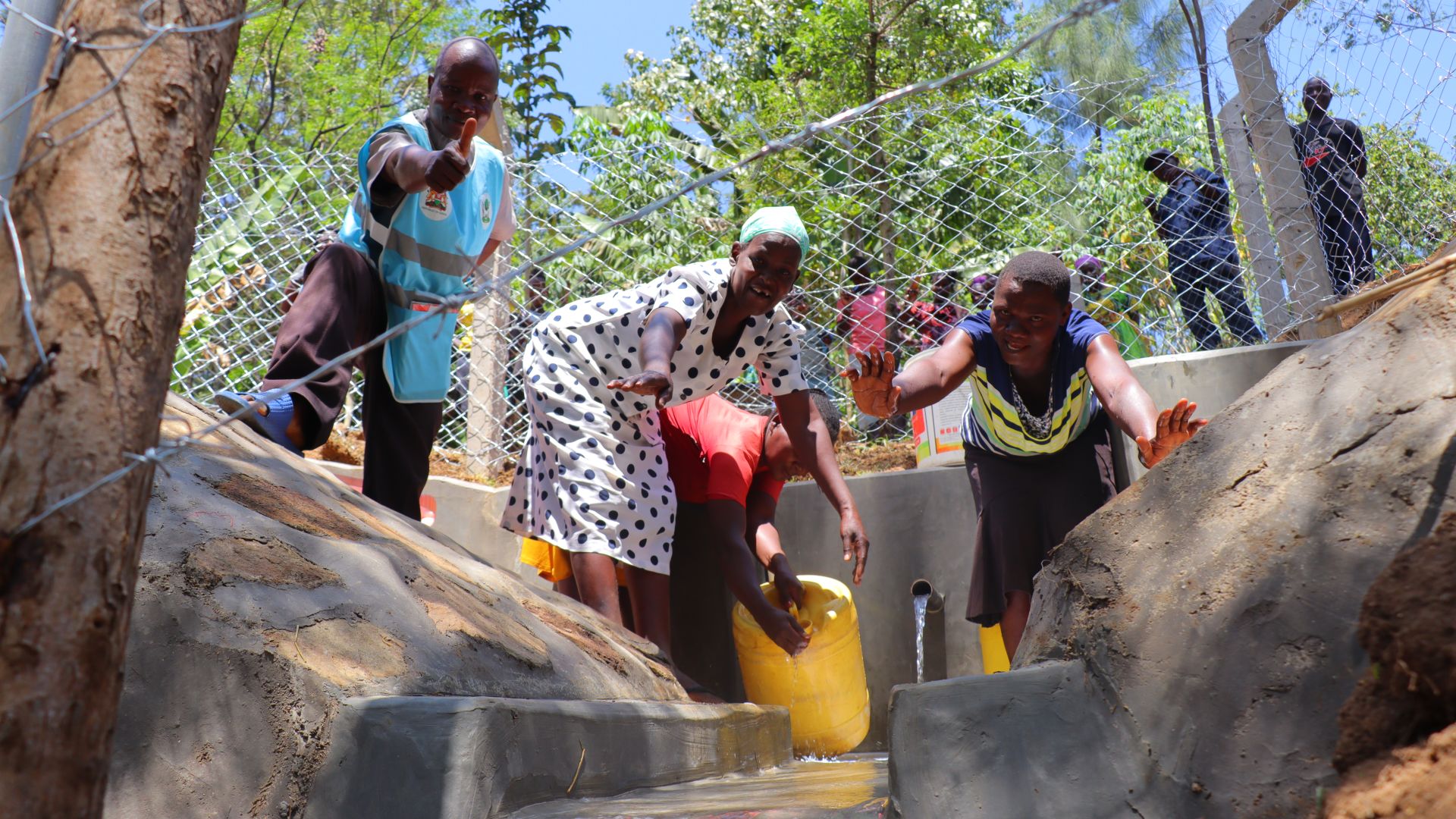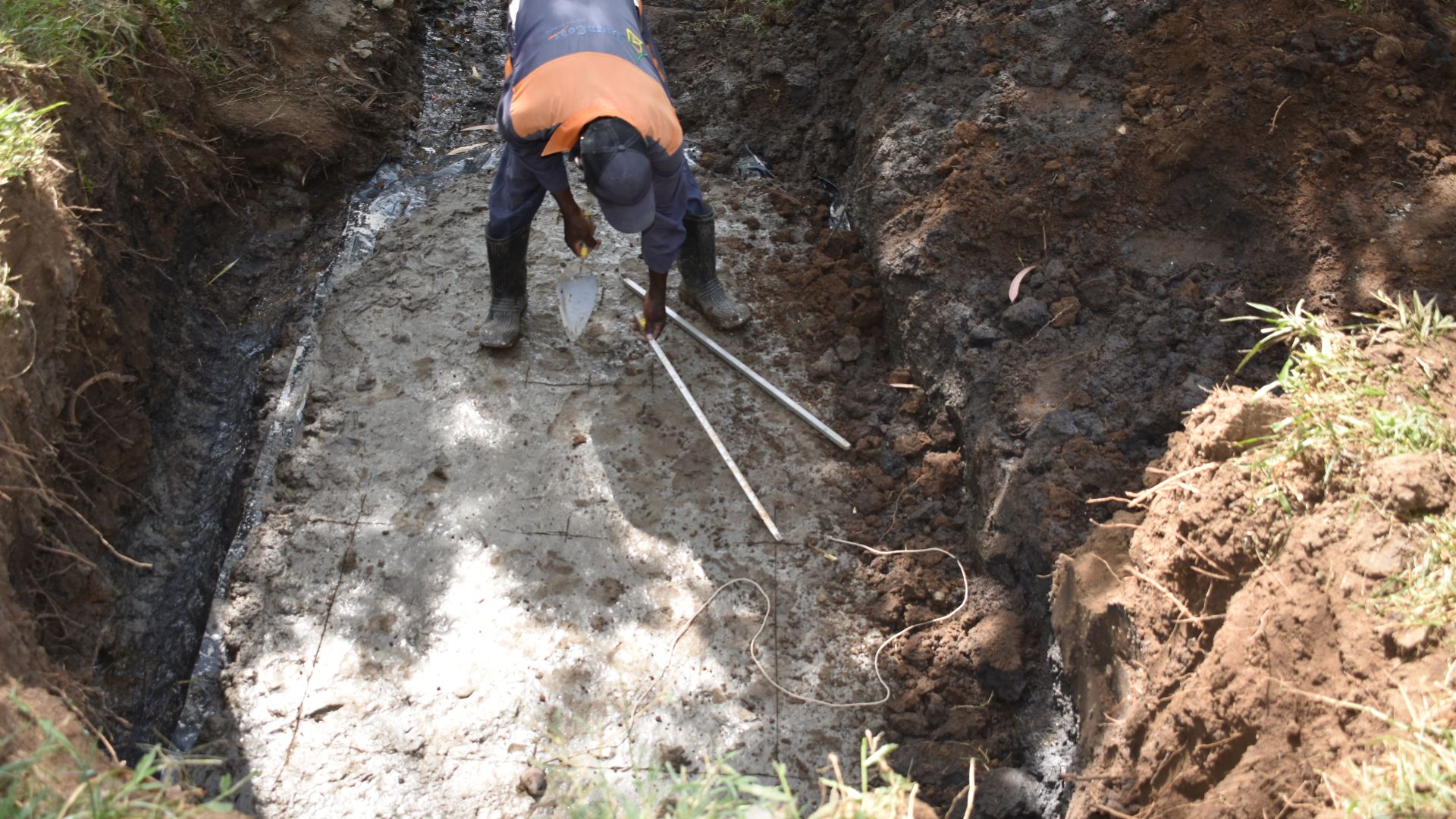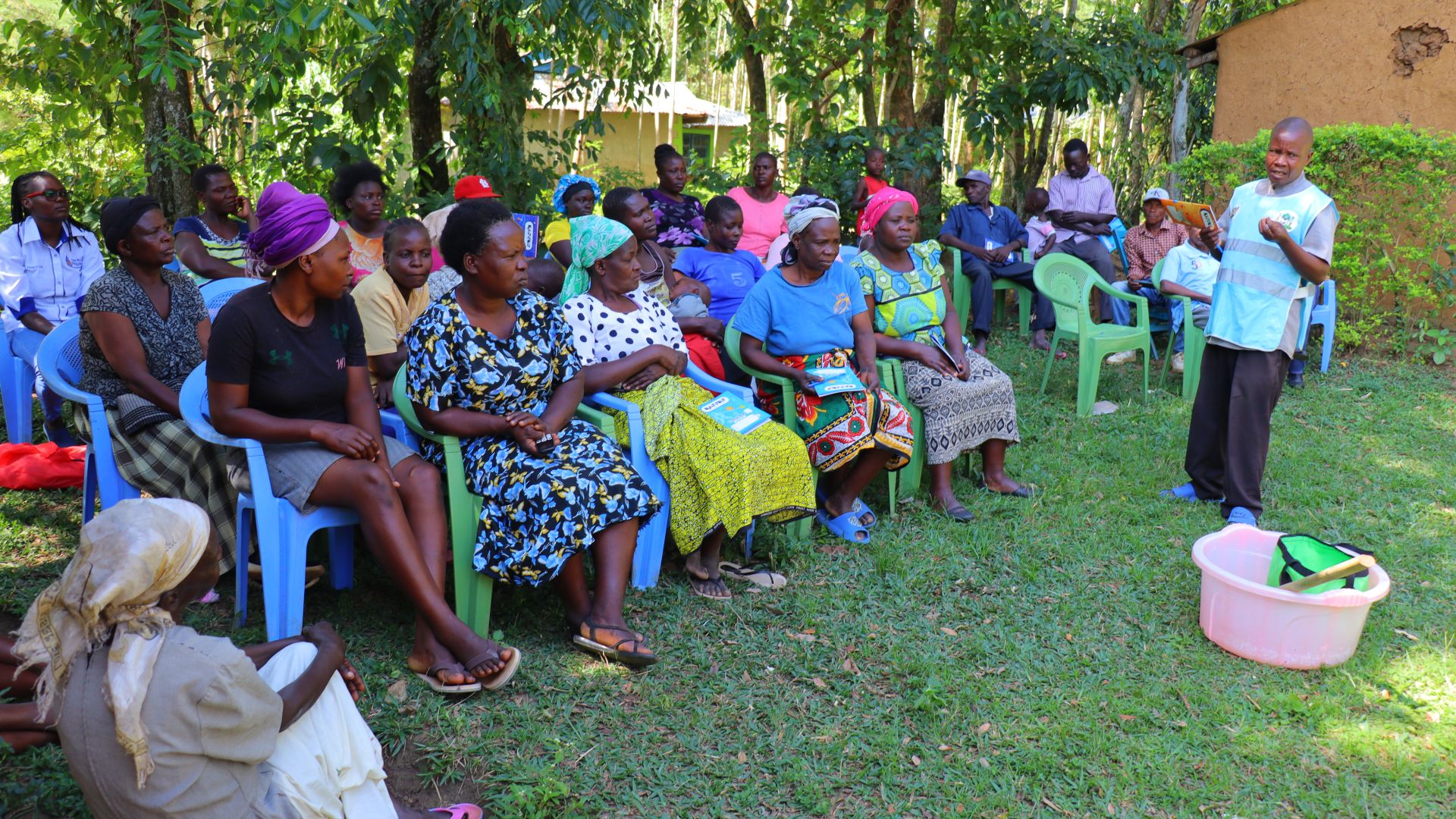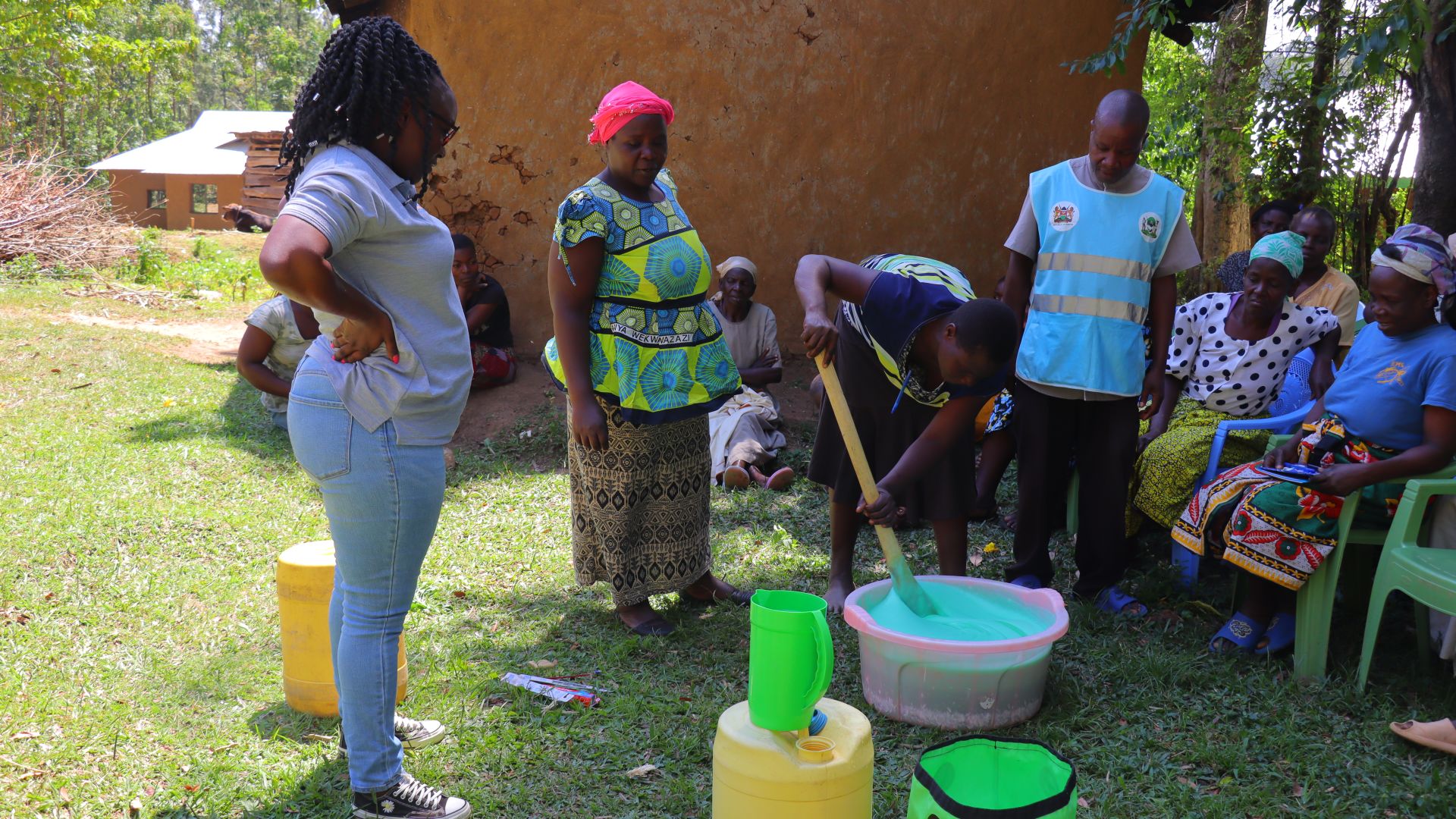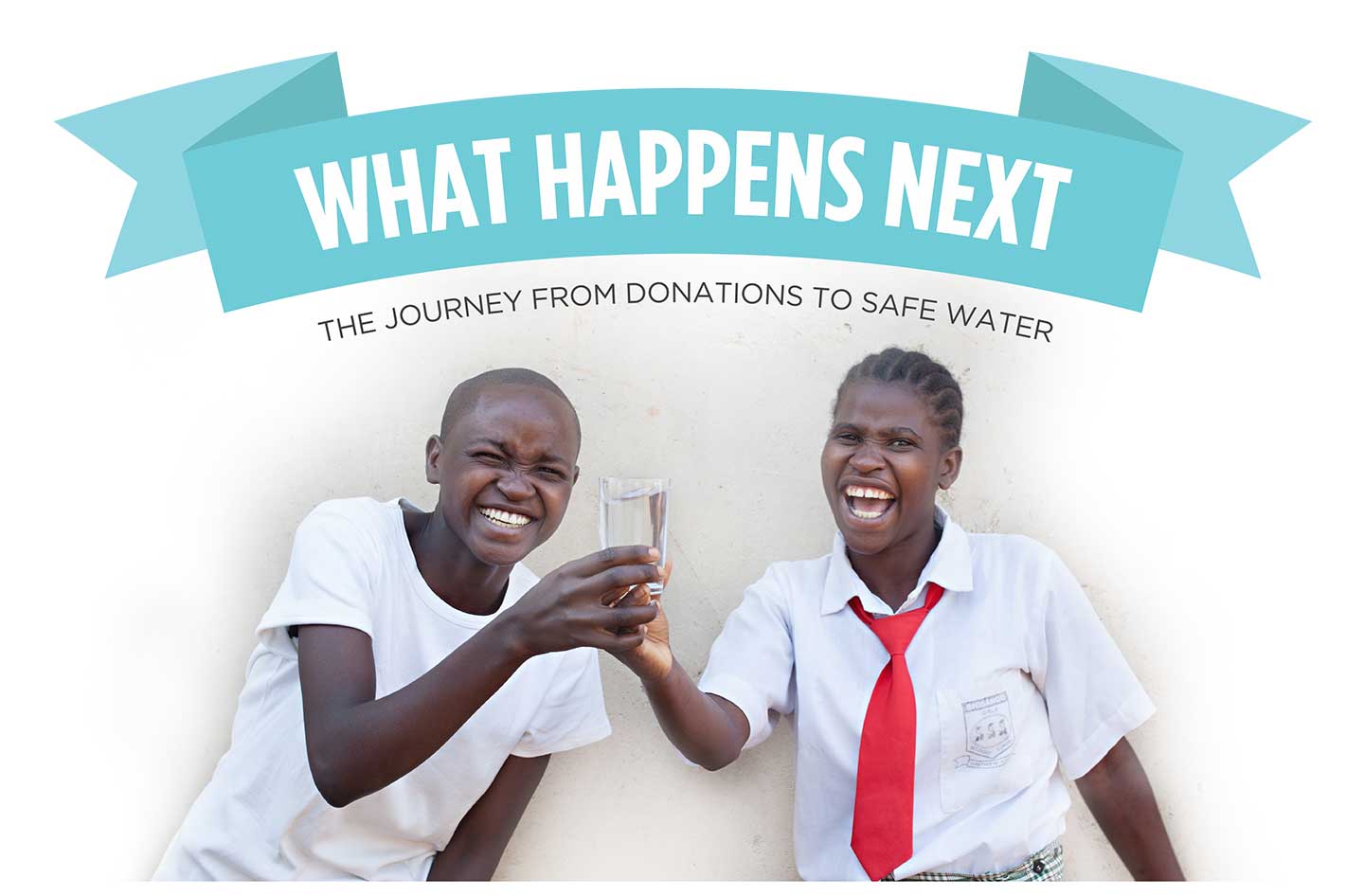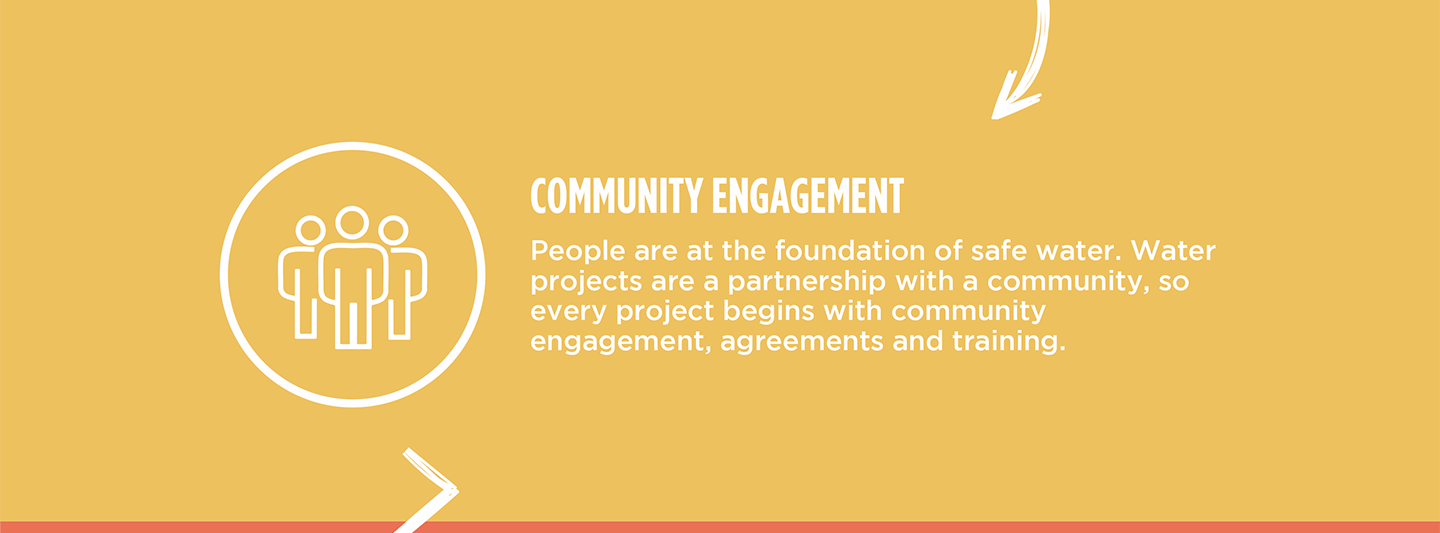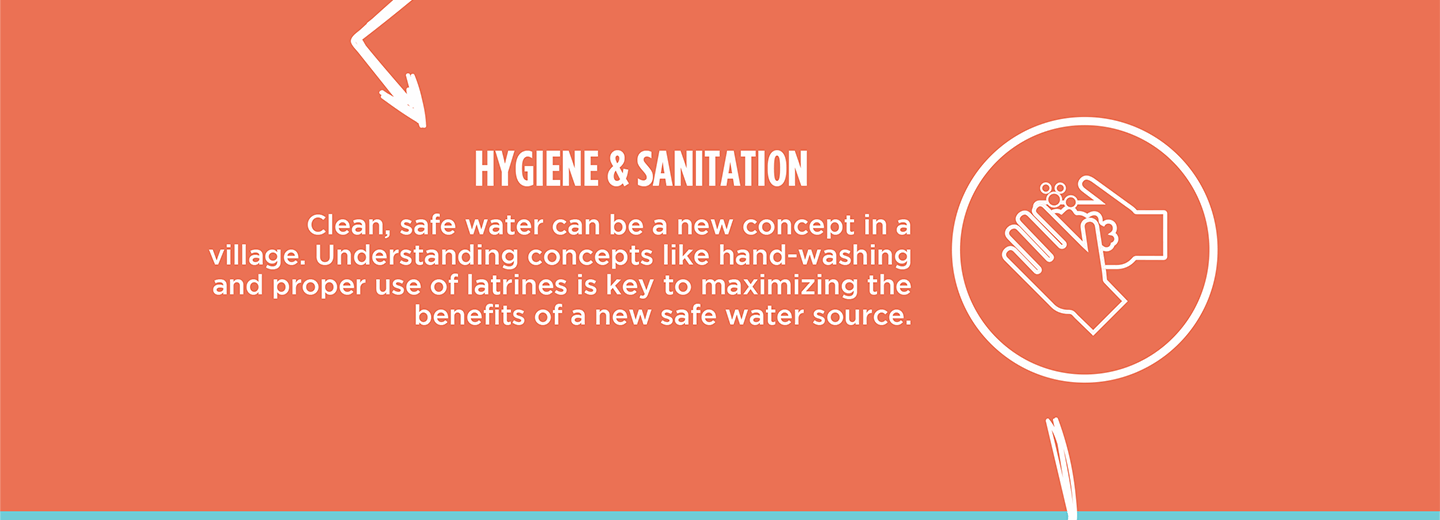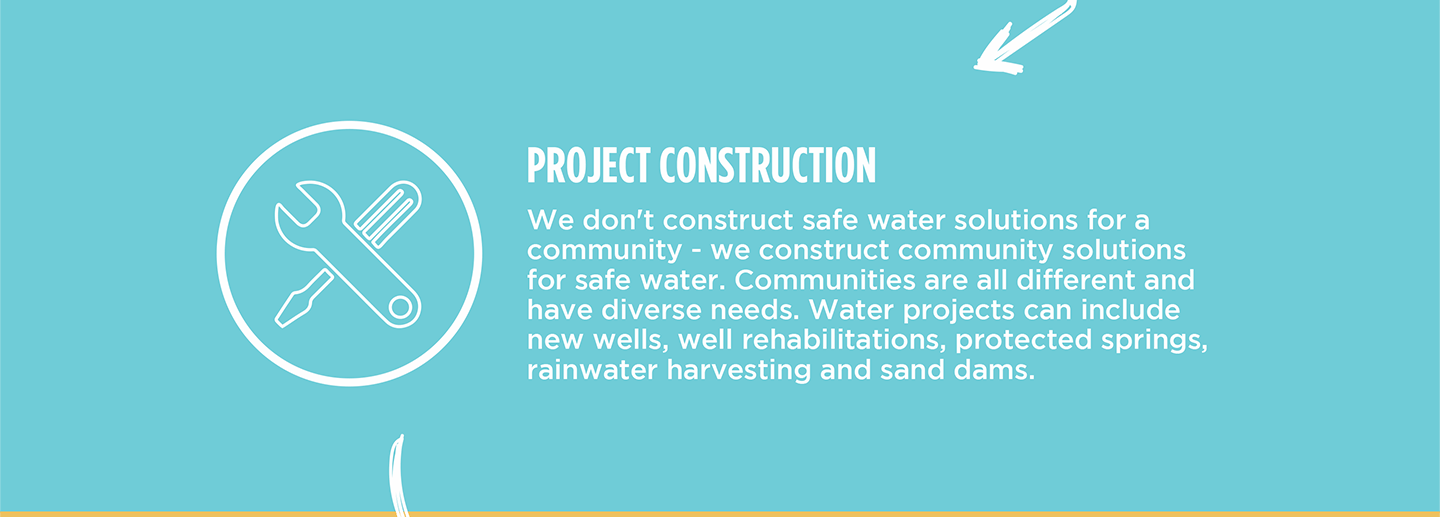The 175 community members of Esikura struggle to collect sufficient, clean water to meet their daily needs. Their primary water source, Onindo Spring, is a crumbling source of frustration and a breeding ground for waterborne illnesses.
The water flowing from the spring's collection pipe is not properly filtered. It's frequently contaminated, leading to waterborne illnesses for community members that cost them their health, strength, and resources. Though it may look clear, the water has a strange taste and smell, but community members have no choice but to consume it.

Community members carry water.
"Drinking water that harms my family and I is very disheartening. However, it is unavoidable currently since we have no other clean and safe water source," shared Dorcas Ambetsa, a 56-year-old farmer.
"My children and I fell sick quite recently. This happened after drinking the water we fetched from the water source. My children and I were tested in the hospital, and the doctor prescribed some medicines, which were quite expensive for me. Buying these medicines caused a strain on me since my income is very small. The children also had to stay out of school due to the illness. It was a very rough moment," she continued.

Dorcas collecting water.
Like many people in this region, Dorcas relies on agriculture for survival, so water is not only needed for drinking, cooking, and personal hygiene but also to grow food and produce her income. Without reliable water, it is hard for her to sustain her family, and nearly impossible to make progress.
"The consequences I face as a result of water-related illnesses are many, some of them being; my children staying out of school for being sick, failing to do my job which helps me to gain income to sustain my family, and using a lot of money to buy medication when we fall sick. Water is very important to me. I use water every day to carry out my house chores, to drink, cook, to water my plants, and many other activities," she continued.

Children waiting to collect water from the unprotected spring.
Not only is the spring contaminated, but it is also difficult to access and overcrowded. This has caused community tension, making their water crisis even more difficult.
"The longest amount of time I had to wait at the water source was one hour. This was a result of crowding at the water source. The crowding occurs due to little water flowing through the discharge pipe and most of it slipping through other points. My children and I have experienced harassment while waiting for water, not once, not twice, but multiple times. The cause of that whole drama was that everyone was struggling to be the first person to fetch water. This was quite disheartening." said Dorcas.
Dorcas and her community need an improved water source that will allow them to collect safe water sufficient to meet their daily needs. Without it, they will continue to get sick and use precious funds while missing out on crucial milestones.
"If I didn't have to spend so much time fetching water, I'd use that time to work on my farm which is my main income-generating source. A new waterpoint will make fetching water safe and easy," concluded Dorcas.
Steps Toward a Solution
Our technical experts worked with the local community to identify the most effective solution to their water crisis. They decided to safeguard the existing flowing spring.
Spring Protection
Springs are natural water sources that originate from deep underground. As water travels through various layers of the earth, it undergoes a natural filtration process, making it cleaner and safer to drink. To protect these spring sources from contamination, we construct a waterproof cement structure around layers of clay, stone, and soil. This design channels the spring water through a discharge pipe, facilitating easier, faster, and cleaner water collection.
Chlorine Dispenser
As an extra measure towards water quality safety, uniquely engineered chlorine dispensers are installed at all of our spring protection projects so community members can treat their water with pre-measured doses of chlorine. The chlorine treats any residual contamination and stays active for two to three days, ensuring water stays safe to use even when stored at home. Chlorine delivery and maintenance of the dispensers are part of our ongoing community support.
Community Education & Ownership
Hygiene and sanitation training are integral to our water projects. Training is tailored to each community's specific needs and includes key topics such as proper water handling, improved hygiene practices, disease transmission prevention, and care of the new water point. Safe water and improved hygiene habits foster a healthier future for everyone in the community. Encouraged and supported by the guidance of our team, a water user committee representative of the community's diverse members assumes responsibility for maintaining the water point, often gathering fees to ensure its upkeep.
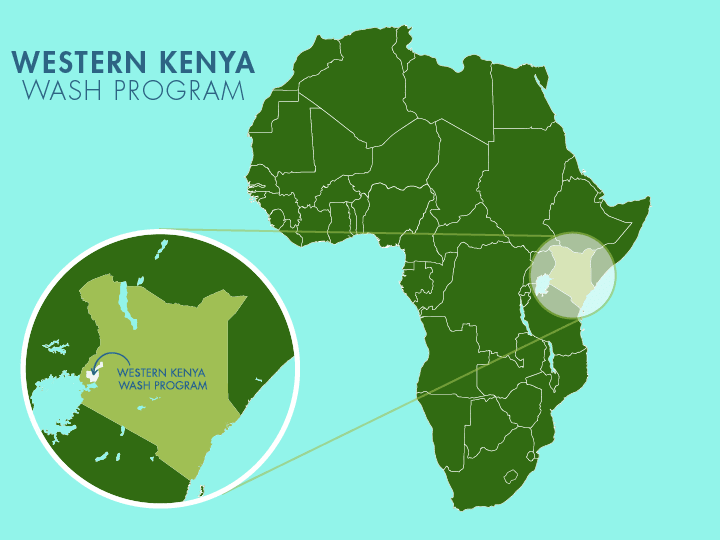
 Protected Spring
Protected Spring
 Rehabilitation Project
Rehabilitation Project

